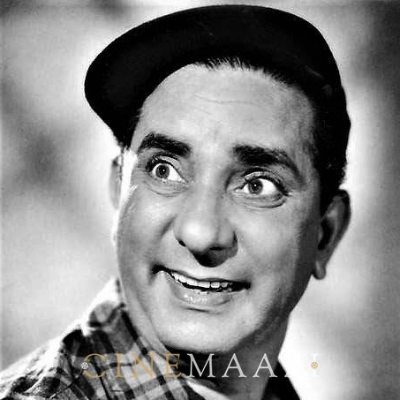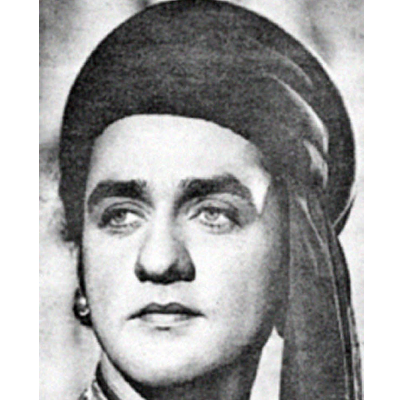Sanmukh Babu Upadhyay

Subscribe to read full article
This section is for paid subscribers only. Our subscription is only $37/- for one full year.
You get unlimited access to all paid section and features on the website with this subscription.
Not ready for a full subscription?
You can access this article for $2 , and have it saved to your account for one year.
- Born: 13 September, 1920 (Surat, Gujarat)
- Died: 24 February, 1984 (Bombay)
- Primary Cinema: Hindi
Music director Sanmukh Babu Upadhyay was born in Surat, Gujrat in 1920. Along with his elder brother, he used to compose music for Gujarati plays. Upadhyay was a disciple of Pandit Omkarnath Thakur, besides being a skilled violin and jaltarang player. He moved to Bombay in 1942 and worked at All India Radio Bombay for a few years, before he joined composer and lyricist Avinash Vyas as an assistant. Upadhyay started composing music with the film Lalkar in 1956. As a solo composer, he went on to score music for Amar Singh Rathaur (1957), Naag Padmini (1957), Sati Pariksha (1957), Raaj Pratigya (1958), Amar Prem (1960) and Hameer Hath (1964). Hameer Hath, which was his last Hindi film as a composer, is popular for its solos rendered by Mubarak Begum and Suman Kalyanpur. The songs that Upadhyay composed in the course of his career include Kabhi palke jhukati ho, Baje re payal baje, Ja ra bedardi tune, Nigaho se dil mein chale aayega, Gagan ka chanda paas jo aaya, Koti koti janta ne jisko samjha, Na jeene ki ijaajat hai, O janewale bhul na jana, Aa na paas mere sundari, Aag ke putle zara khamosh rehna re, Aao re jhoom ke, Apni neend gayi, Jiya laga jiya ho, Kaha hai chhupe sanam, Pyari o pyari rajdulari, and O re pardesihya more man basiya.
Sanmukh Babu’s songs were rendered by singers such as Manna Dey, Asha Bhosle, Suman Kalyanpur, and Mubarak Begum. Lata Mangeshkar sang just one song composed by him—the catchy and sweet number, Do akhiyan se lad gayi from Raaj Pratigya, wherein a shy girl describes her encounter with her lover.
Working mainly in the realm of historicals and religious films, Upadhyay was not engaged by the bigger banners. He nevertheless scored music that was melodious and appreciated. He later worked for Gujarati dramas and also performed the violin across India.
Sanmukh Babu Upadhyay passed away on 24 February, 1984.
References
Image courtesy: https://www.youtube.com/watch?v=__z4sxvolJc












.jpg)



